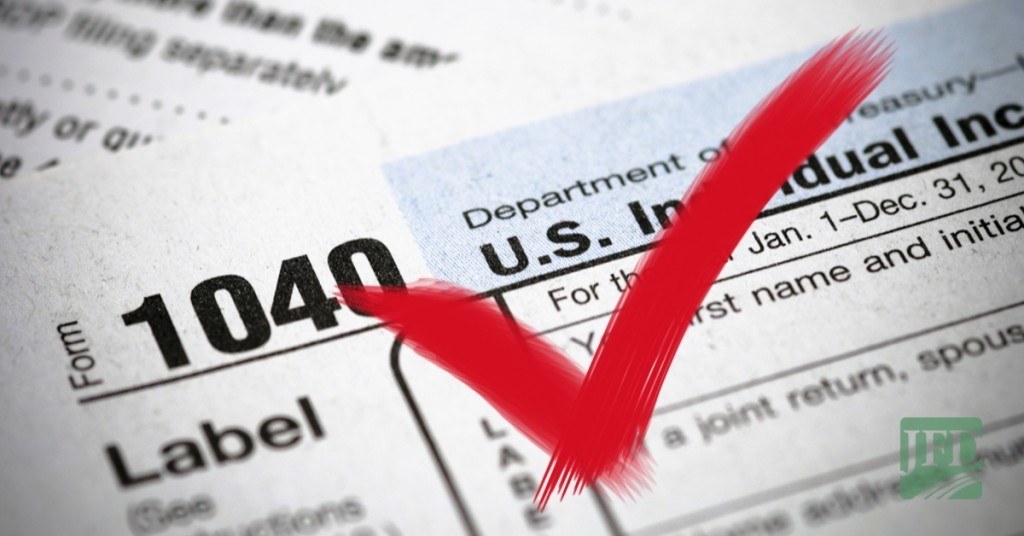thrive-cb domain was triggered too early. This is usually an indicator for some code in the plugin or theme running too early. Translations should be loaded at the init action or later. Please see Debugging in WordPress for more information. (This message was added in version 6.7.0.) in /wordpress/wp-includes/functions.php on line 6121

A tax return is a document you are required to file with the federal and sometimes state government on an annual basis to show how much income you earned during the year. In general, you will file on either the Form 1040, Form 1040A and Form 1040EZ for personal tax returns. Although everyone can choose to file income taxes on the 1040, many people one of the other two forms because they are shorter. Since it only happens once every year, it can be easy to forget one or two items. However, the following personal tax return checklist highlights the items everyone should have when they meet with a tax professional.
One of the first items you should have is your Social Security number, which serves as your personal taxpayer identification number. This number is printed on your Social Security card. If you have had a name change because of marriage, divorce, or any other reason, it’s vital to let the Social Security Administration know, so you can be reassigned a new Social Security Card. If you have your card, it’s important to bring it along with you to the interview. You should also bring the Social Security cards for each child you will be claiming as a dependent on your income taxes.
Your driver’s license will be used to verify your identity. If you do not have a driver’s license, you can use a picture military ID, state-issued picture ID, or a United States passport. City- or county-issued picture IDs and Resident Alien IDs with pictures are also acceptable forms of identification.
Anytime you earn “employee” income, you should be issued a W-2 Wage and Tax Statement from the employer. While many employers will traditionally send you a W-2 through the mail, a growing number of employers are making these statements available online. If the employer fails to send it to you by January 31 of the following year, you should contact them. In some instances, tax professionals may be able to determine your taxable income through payroll stubs. If you were an independent contractor or earned non-employee income over $600, you should receive a Form 1099-MISC, which lists all miscellaneous income you earned. This should also be received by January 31. In any case, make sure you bring all of these income documents with you to your appointment with your tax professional.
Your previous year’s federal and state returns should also be included in your personal tax return checklist. In most instances, you will qualify for some of the same write-offs and deductions you received the previous year. Even if you filed your taxes with another tax professional, you should still include this information on your personal tax return checklist because it may be helpful in determining the current year’s return.
Another item to include on your personal tax return checklist are any state unemployment compensation you received during the year. This information will be included as income on your income tax return. You should receive a Form 1099-G statement from your respective state by January 31.
If you have earned interest from any bank or financial institution, make sure you bring the Form 1099-INT. At the same time, you should bring your Dividend and Distribution Form 1099-DIV if you have earned dividend income from stock investments. If the bank or firm has failed to send you either of these Forms, you may be able to bring your year-end bank statement to determine the correct amount to include on the return. In either case, these forms are important items to include on your personal tax return checklist because they are essential to figuring your gross income.
While most people think Social Security payments are not taxable, these funds may be considered taxable income. As a result, you should include the Social Security Benefit Statement or Form SSA-1099 in your personal tax return checklist. These forms are sent out by the Social Security Office and important in determining whether some or all of your Social Security Benefits are taxable.
Although making a mortgage payment is never fun – unless it’s your final one-, these payments are a tax-deductible expense. You should receive a Form 1098 for all of the interest you paid on your mortgage during the year. Make sure you include this Form in your personal tax return checklist. If you have an escrow account, you may want to call the mortgage lender with the loan, so you can keep a proper record of the total interest you have paid. If your property tax bill isn’t handy, simply call your County Tax Collector’s office, and they should be able to pull the proper records for you.
While filing your taxes may be filled with uncertainty, you can greatly expedite the process by having all of the information previously listed. Contact Dennehy CPA today to schedule a tax evaluation.
We at John F. Dennehy CPA are a team of certified public accountants who service clients throughout Long Island. The services that we provide are comprehensive, and we can resolve multiple accounting needs for a client.